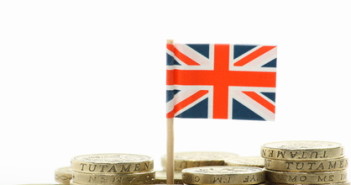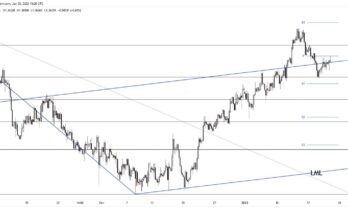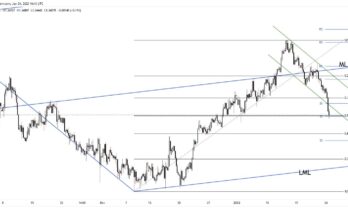The past week has been a volatile one on the forex markets as the UK, US and Eurozone have all taken turns in the spotlight. We started out with news from the continent, as Greece continued to squabble with its creditors who refused to relax their repayment terms.
Attention shifted to the UK on Tuesday, as the first estimate of Q1 GDP was published. Despite expectations of a +0.5% reading, it came in at a disappointing +0.3%, which immediately harmed the Pound across the board, though losses against some currencies were recouped.
The US was back in focus on Wednesday as they too published a disappointing GDP number; +0.2% compared to an expectation of +1.0%, and the under-fire Greenback hit recent lows against both Sterling and the common currency. Later on Wednesday we saw the Fed stick to their guns with no policy amendments. Most analysts are now expecting to see a rate hike in September.
We also saw Greece receive more emergency liquidity funding in the shape of another loan from the European Central Bank, removing any short term fears of an imminent default in May. This cannot continue forever, and a long-term sustainable solution remains elusive.
In election related news, we saw David Cameron finally turn up to a leaders’ debate, with most polls picking him as the winner over Miliband and Clegg. Nigel Farage continued his mission to alienate audiences wherever he went, and UKIP are now falling away as serious contenders in a number of ridings.
It’s a quiet start to next week with a bank holiday in the UK on Monday, however Thursday’s UK General Election and Friday’s American Non-Farm Payroll (NFP) results will give FX market plenty to trade on.
Thursday’s UK Election is being called the most uncertain in a generation and given that it’s flown largely under the radar thus far it presents serious downside tail-risk for Sterling next week. Polling suggests that the incumbent Conservatives and challenger Labour; whom are the two traditional government forming parties, are locked in a neck-and-neck battle for pole position. However neither are expected to win enough seats in parliament to form government on their own. This means that the victor would need to form a coalition with any one of 4 or 5 peripheral parties to make government. Thus at first blush there are 8-10 likely possible outcomes on May 7th, each iteration of which has its own unique influence over the direction of British politics.
One only needs to look back to the Scottish Independence referendum this past autumn to gain insight into how FX markets tend to discount political uncertainty with respects to valuing the British Pound—especially against the Greenback. GBPUSD gave up 5-cents in the course of a week in early September when surveys suggested there was a possibly of an independent Scotland. It is surprising to think that GBPUSD has rallied over 8-cents in the last couple of weeks to multi-month highs. Especially given that the outcome of this election could see the Scotland question as well as the future European Union membership both revisited. As such the risks of sudden and extreme swings in Sterling pairs seems elevated.
On Friday, April American employment statistics will be published. Expectations are that the unemployment rate in the world’s largest economy edged down a notch to 5.4%, marking a fresh 8-year low. While this is an encouraging number, financial markets won’t be uncorking the Champagne until they’ve seen the NFP results. Last month’s dismal reading of +126k versus expectations of around +250k was a cause for concern. Expectations this month are for a +205k outcome, a result of at least that will be required to help alleviate fears that the American labor sector might be softening. Given the raft of disappointing economic data out of the United States lately (GDP, employment, Durable Goods…) the Big Dollar is likely to be particularly sensitive to a miss.
In our latest podcast we ask: Did the market get it right on the Fed’s hike? And cover the big upcoming events.
Subscribe to Market Movers on iTunes



